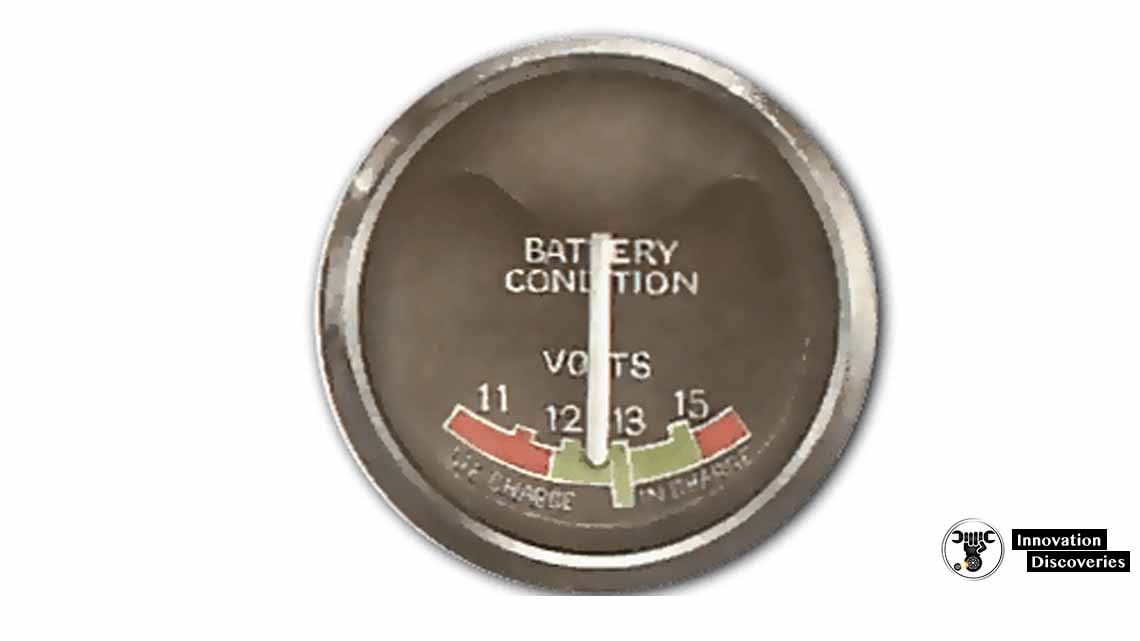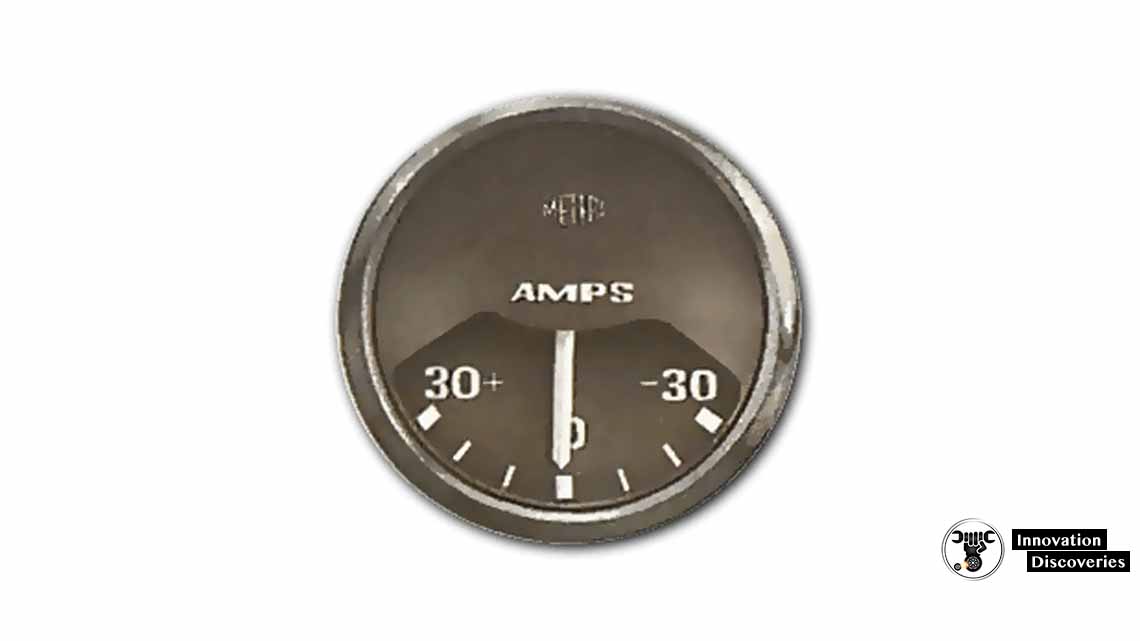If your car’s instrument panel includes an ammeter,
It will tell you how well the charging system is working the
Difference between the charge going into the battery and the power being used from it.
A battery-condition indicator shows only that the generator is charging,
By the rise in the voltage. It does not tell you how high or low the charging rate is,
Though normally any rise means that the charge is adequate.

Many cars have only an ignition warning light,
A red warning signal that should go off after the engine starts.
This tells you that the generator is producing electricity not whether,
It is producing enough to keep the battery charged.
But any abnormal behavior of the light means that something is wrong somewhere.
Before making checks on the charging system,
Check that the battery is free of any defects which could produce
Symptoms similar to those of a faulty generator.
If the engine will not turn over, check for loose or broken starter motor,
Solenoid or earth connections.
Inspect the battery for loose, dirty or corroded terminals. Clean corroded terminals and leads with very hot water. Protect them with a little petroleum jelly,
Not grease, and refit the leads tightly.
Remember that battery acid is highly corrosive and poisonous. Avoid getting it on your clothes. Wash off immediately if it contacts your skin.
When carrying out any tests on the engine while it is running or turning over,
Keep hair and lose clothing away from belts and pulleys.
Hydrometer check
Check the battery’s state of charge with a hydrometer,
Which measures the strength of the acid in the electrolyte, or battery fluid.

This gives no clue, however, to the battery’s capacity its ability to
Sustain a charge well enough to perform its tasks.
Battery capacity depends on the size and number of the plates in each cell.
If any plates are damaged, that cell’s capacity is reduced.
The electrolyte in a sealed-for-life battery cannot be checked readily.
Battery-condition indicator
Some cars are fitted with a battery-condition indicator,
Which is a form of voltmeter? It may be calibrated in volts,
By a sliding colored scale, or by three bands of red-green-red.
When you switch on the ignition, the indicator shows the battery voltage,
Just over 12 volts for a 12volt battery or about the red-green division.

And with a red-green-red scale.
A lower reading means that the battery is not fully charged.
If the reading is well down while all the circuits and lights are,
Switched off the battery is not holding its charge, or is ‘flat’.
When you start the engine, the indicator shows the generator output.
It should move slowly to around the 14-volt mark, or midway into the green sector.
It should stay steady at all engine speeds if the car has an alternator,
Or at speeds higher than idling if there is a dynamo.
If the indicator drops to 12 volts or lower,
Check the fan belt or the generator output.
The ammeter
Some cars still have ammeters fitted on the instrument panel.
An ammeter tells you how well the charging system is working,
And gives more immediate information than a voltmeter.

The ammeter shows the amount of current going into or out of the battery,
Or the difference between the two. Thus, it tells you at a glance whether the battery is
Being charged by the generator or discharged by a heavy load.
In practice, if the charging system is in good condition the
Reading should always be strong.
If the ammeter shows a very low or negative reading,
You know immediately that something is wrong,
Whereas a voltmeter gives less information and is much slower to
Respond to a problem.
The only disadvantage of an ammeter is that,
It is connected in series with the battery and the generator.
It requires a heavier cable, and if the ammeter circuit develops a fault,
There is more danger of damage to an alternator.
Testing a battery with a voltmeter
You have to put a heavy load on a battery to test its capacity.
Some garages use a heavy discharge tester; A similar test, though less conclusive, can be made with a standard voltmeter.

Remove the high-tension lead from the coil,
So that the engine turns but will not start. Connect the voltmeter across the battery terminals.
Measure the voltage in the battery, then the loss when running the starter.
Note the reading which should be 12 or 13 volts or possibly more
If the battery has just come off charge.

Also, read – How car electrical systems work
Here’s Everything You Need To Know About Different Types Of Wheel Drives In Automobiles






4 Comments